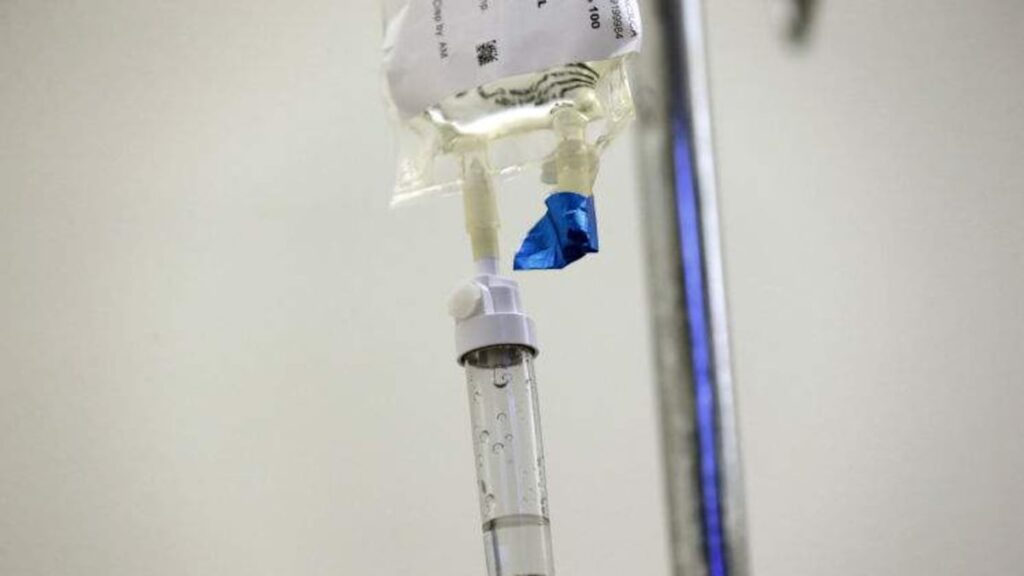Cancer affects people of all ages, genders and backgrounds, but access to care varies dramatically based on location. Many residents in rural Florida encounter serious obstacles when obtaining timely, high quality, preventive and curative cancer treatments. Among other challenges, such as geographic segregation and inadequate healthcare infrastructure, diagnosis delays, limited treatment options, and survival outcomes are often reduced.
Recognizing the urgency of these disparities, Tampa General Hospital Cancer Institute and USF Health recently convened the first rural cancer symposium at TGH Brooksville, in collaboration with the Florida Department of Health. This pivotal gathering of healthcare professionals, academic researchers, cancer survivors and community stakeholders was the first important step in identifying meaningful community-based solutions for rural cancer care.
The TGH Cancer Institute and USF Health have formed a powerful collaboration that brings world-class cancer care closer to home to address the incredible disparities that rural Floridians exist in rural cancer care. The data highlights the magnitude of this problem. Between 2017 and 2021, the age-adjusted cancer incidence in Union County, Florida was 1,248.4 cases per 100,000, a state average of 464.0 per 100,000 was almost triple, significantly higher than urban counties like Hernando (553.1) and Marion (525.1).
Here, these patients often face long distance burdens, sometimes hours away, for cancer treatment centers. Such geographical barriers alone can place a significant financial burden on patients in need, preventing timely care delivery. This often results in diagnosis at the later stages when treatment options are fewer, higher care is greater, and survival rates are low. The rural population has been shown to have a higher cancer mortality rate than urban populations, with patients 10%-20% less likely to receive timely treatment. As further evidence of this issue, studies in Florida found that most leukemia mortality hotspots are more than 30 miles from leukemia care providers, and tend to be in rural areas. These geographical barriers are not only inconvenient. They contribute to worse health outcomes. Coupled with other existing financial disparities frequently observed in these population centers, barriers to care are further expanded.
To address these issues, it is essential that agencies partner with community organizations, government agencies and the health care system to create a comprehensive care network. These community partnerships connect rural patients with urban professionals and treatment facilities to ensure they receive the best possible care without the burden of travel. By expanding outreach and screening programs, people from more remote locations can access early detection and prevention. This is key to better survival. The Mobile Screening Unit pays direct attention through important screenings such as mammograms, pup smears, and skin checks. TeleHealth Services also allows patients to consult remotely with an oncologist, reducing the need for long-distance travel.
Spend your days with Hayes
Subscribe to our free Stephenly newsletter
Columnist Stephanie Hayes shares thoughts, feelings and interesting business with you every Monday.
You’re all signed up!
Want more free weekly newsletters in your inbox? Let’s get started.
Check out all options
Furthermore, technological advances such as artificial intelligence and tereon disease are also improving the care of rural patients. AI improves diagnosis accuracy and ensures cancer is detected early, even in the absence of specialized radiologists. Rural patients can consult with their oncologists, discuss treatment options, and even take part in clinical trials from home, providing new hope to those who have not previously accessed them.
The Brooksville Conference identified several key strategies to bridge the gap in rural cancer care. These include:
Identify patient-specific risk factors and provide coordinated resources such as mobile clinics, home-based screening, and cancer navigation servicesStrengthen your provider network by better understanding and supporting rural providers while dealing with tobacco-related cancersUse technology to improve care delivery Develop an accessible, latest database of financial assistance programs for cancer survivors Modernize rural healthcare infrastructure by expanding broadband access and providing telehealth training to patients and providersExpand innovative models like the TGH at Home Hospital Program to help patients receive quality care within their communities
By improving patient navigation services, helping individuals better navigate their health care systems and address misconceptions about clinical trials and limited provider knowledge, it will enable rural and underserved communities to access new treatment and life-saving research opportunities.
We believe that early cancer diagnosis and treatment should be accessible to everyone, regardless of where they live or their financial position. Adopting cutting-edge technology, creating innovative care models, and working together across health care systems, community organizations and government agencies, we can dismantle the obstacles of rural patients. Our mission is to ensure that geographic location no longer dictates access to life-saving cancer treatments. Working together can improve results and save lives for all Floridians.
USHA Menon, PhD, RN, FAAN and FSBM are Senior Vice President of USF Health, Dean of the USF Health College of Nursing, and Associate Directors of Community Outreach and Engagement at the Tampa General Hospital Cancer Institute.
Nicholas J. Panetta, MD, FACS is Chair of Orthopedic Surgery, Associate Professor of Plastic Surgery and Surgical Oncology, and Director of the USF Cancer-Related Lymphedema Program at the USF Health Morsani College of Medicine.
Eduardo Sotomayor, Maryland, is Vice President and Executive Director of Tampa General Hospital Cancer Institute.

